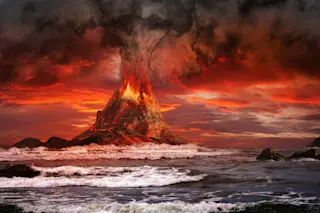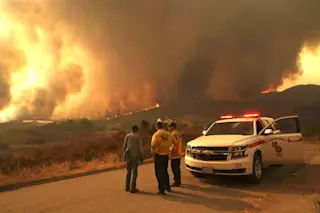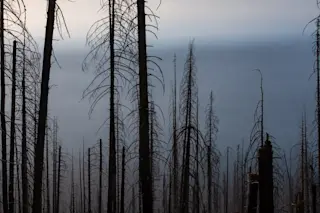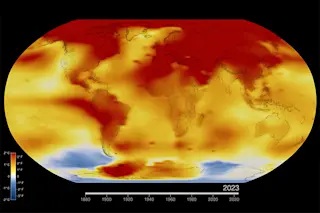Every year or so, a fresh rash of concern about the Yellowstone supervolcano spreads across the internet. While the likelihood of an eruption there remains remote, if the caldera were to blow, it could be devastating. Previous eruptions there covered much of North America in choking ash, and likely caused sharp drops in temperature that would decimate crops today.
Living through a supervolcano eruption certainly qualifies as a doomsday scenario. But, humanity might fare better than we think. After all, we’ve already survived one. So, before you purchase a $6,000 pallet of bunker-ready foodstuffs from Costco, read this.
The eruption of Toba, in Indonesia, some 74,000 years ago was immense. The event spewed an estimated 720 cubic miles of rock, ash and magma into the air, and debris has turned up in India, the Arabian Sea and the South China Sea, sometimes more than 1,000 miles away. The ash from ...














